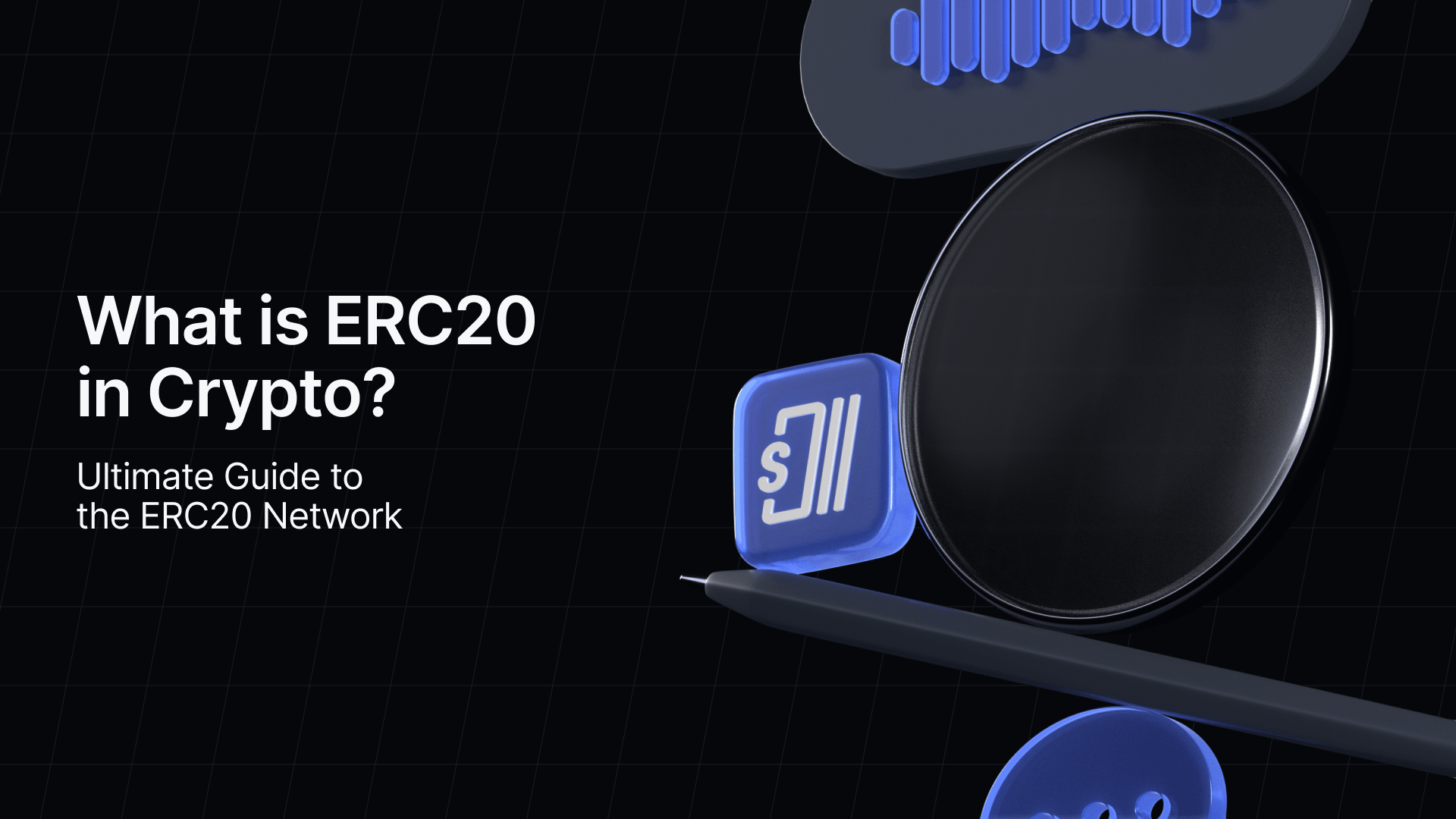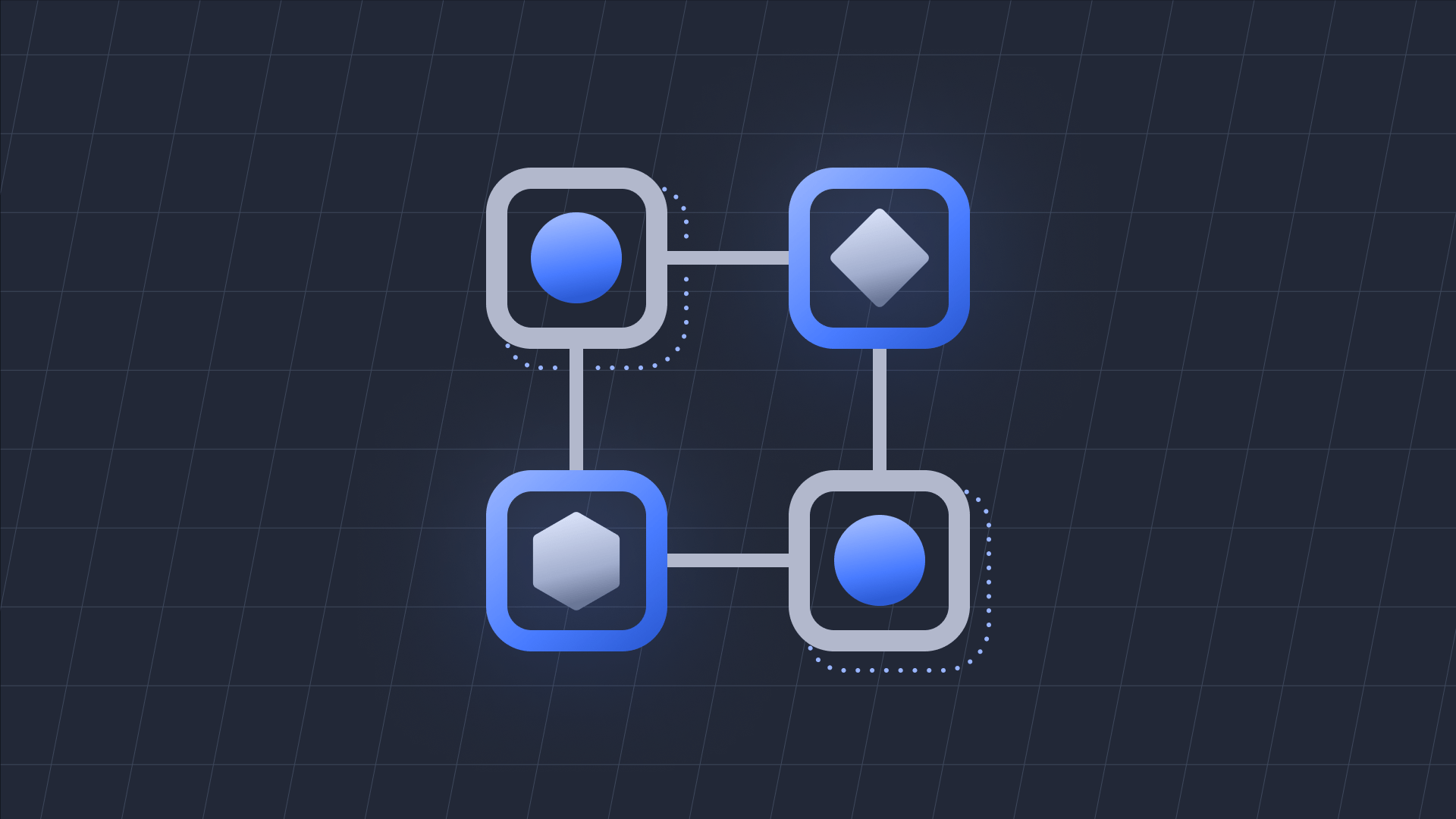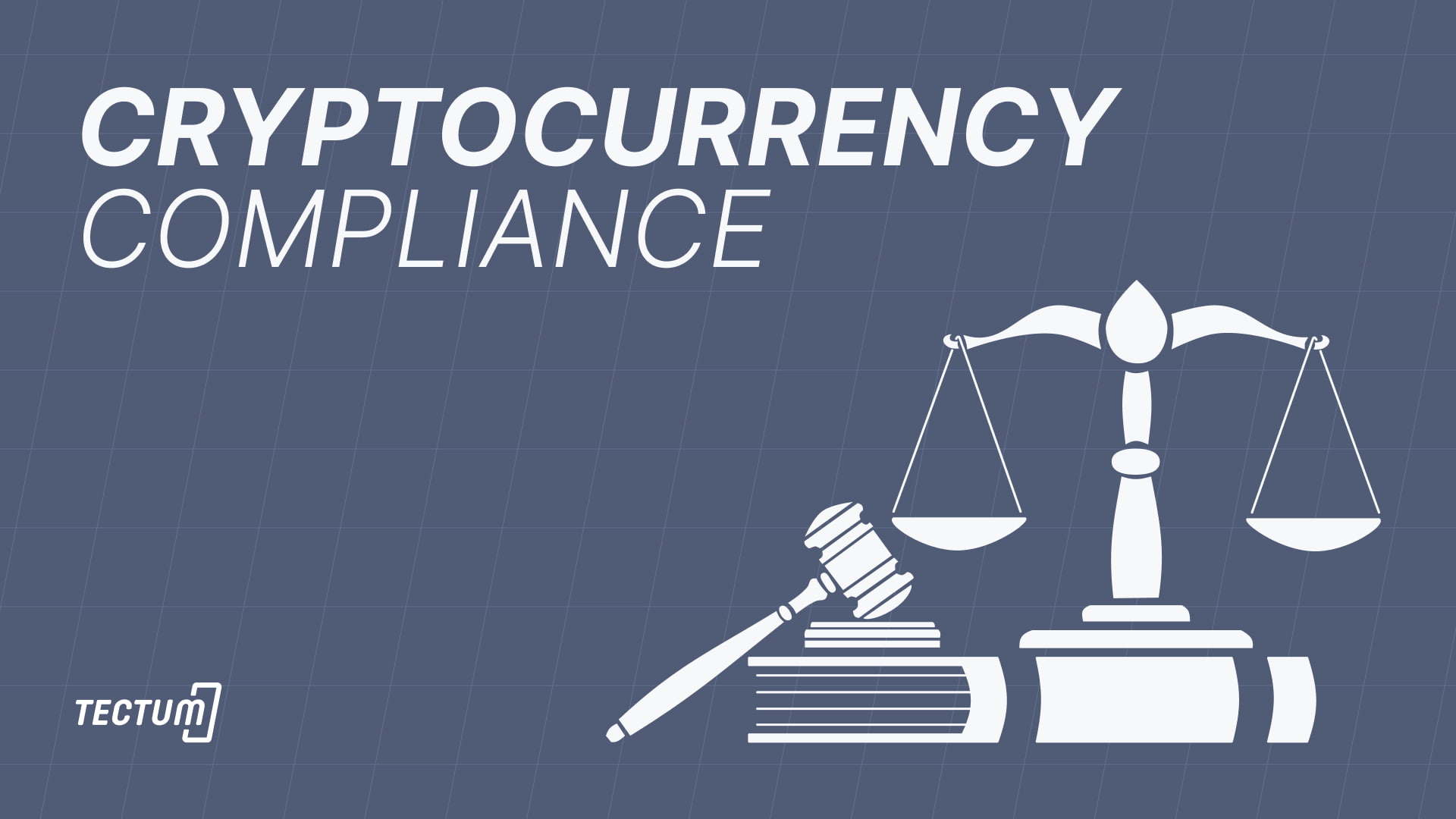What is ERC20 in Crypto? Ultimate Guide to the ERC20 Network
What is ERC20 in crypto? When you want to send or receive cryptocurrencies, you are often asked to choose the preferred network. Some popular options include ERC20, TRC20, BEP20 or SPL.
What is ERC20 in crypto? When you want to send or receive cryptocurrencies, you are often asked to choose the preferred network. Some popular options include ERC20, TRC20, BEP20 or SPL.

This article will help you understand these blockchain networks, beginning with the ERC20. Subsequent editions will cover the other networks
ERC-20 is the token standard for sending and receiving fungible tokens on the Ethereum network. For those who may be confused, fungible tokens are digital assets that can be divided into smaller units and are typically referred to as cryptocurrencies.
While they are very popular, cryptocurrencies are not the only tokens to be minted on a blockchain. Other tokens like NFTs do not use the same token standard, especially for a network as versatile and popular as Ethereum.
Cryptocurrencies are fundamentally different from nonfungible tokens. Considering their differences, networks that support both must create distinctive channels for minting and transferring them.
Ethereum is one of such networks to support the use of NFTs and smart contracts. Hence, the need to have multiple token standards.

What are the essential features of the ERC20 standard? How do these features combine to enable people to mint, store, and transfer cryptocurrencies on the Ethereum network?
Below is an explanation of these components and how they work
Without a doubt, Ethereum is one of the biggest projects in Web3. There is a reason why “What is ERC20?” is the focus of today’s article. The Ethereum network broadened decentralized technology by introducing new technological features that are still used today.
Many layer-1 blockchain projects are inspired by Ethereum and called “EVMs” – which translates to “Ethereum Virtual Machines”. Although people can build (and have built) on the Bitcoin network, it is significantly limited. Ethereum, however, offers far more possibilities. In addition, several layer-2 projects like crypto cross-border payments are built on the Ethereum blockchain.
For example, the Ethereum network introduced smart contracts, creating whole new possibilities. This enables automatization in blockchain, further strengthening security and transparency. In addition, smart contracts created a trustless environment, whereby two strange individuals who do not know each other can rely on blockchain to serve as the middleman.
ERC20 supports every type of token, both fungible and nonfungible. Besides NFTs, this token standard enables people to store and transfer, stablecoins, governance, and utility tokens. There is a 70% chance that your favorite token is available on the ERC20 network
Without any doubt, the ERC20 has significantly impacted the DeFi space. Despite its positive contributions, there are still certain drawbacks. This section will examine some positives and downsides of this blockchain
Advantages of the Ethereum Network:
Disadvantages of the Ethereum Network:

Do you know that you can mint your own fungible token on the ERC20 with the right tools? But, what is the tool/tools to mint tokens on the ERC20 tokens?
Below are some ERC20 token generation tools:
With access to any of these tool, follow these steps to create an ERC20 token:
Tips for Ensuring Compliance